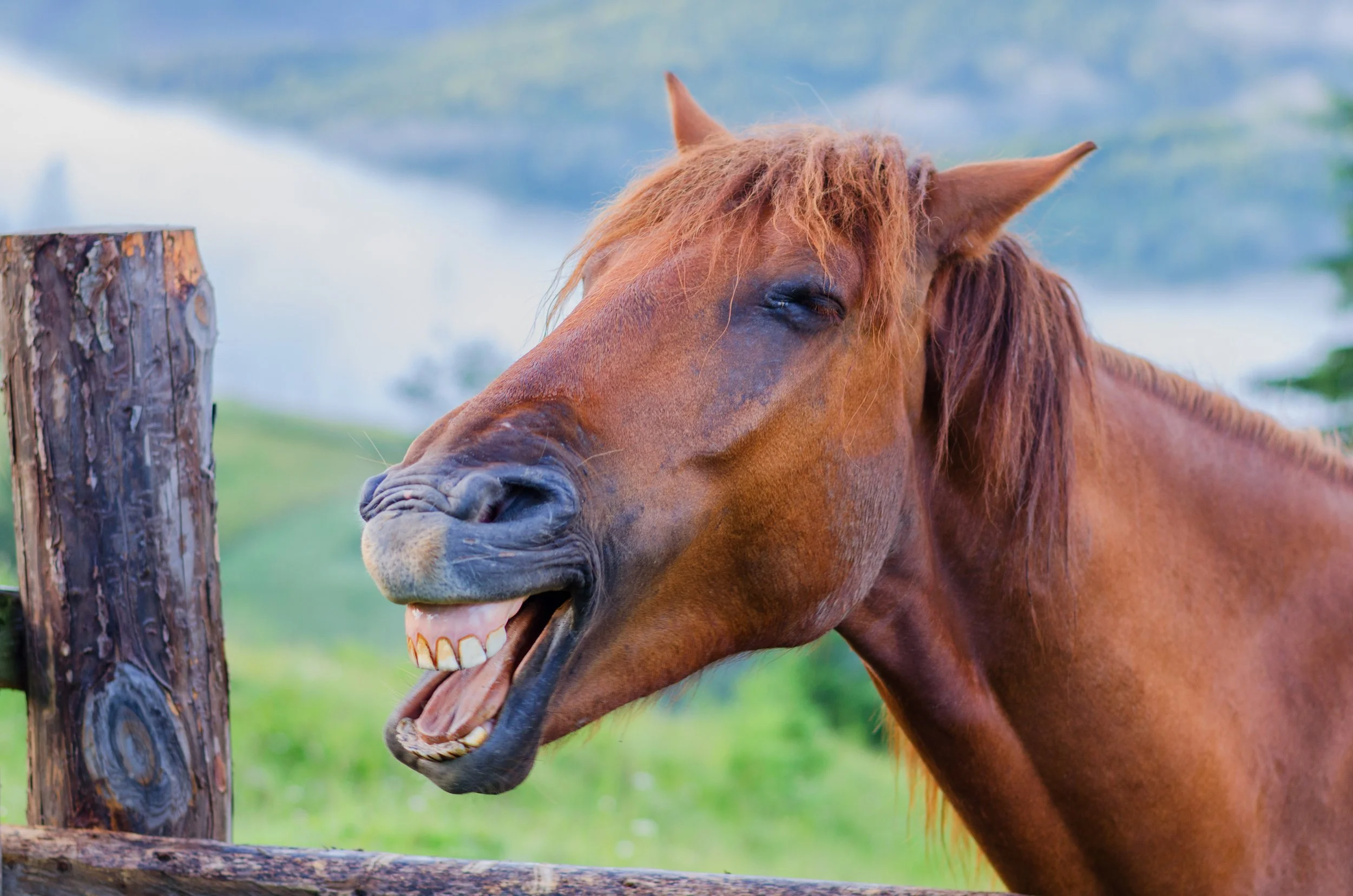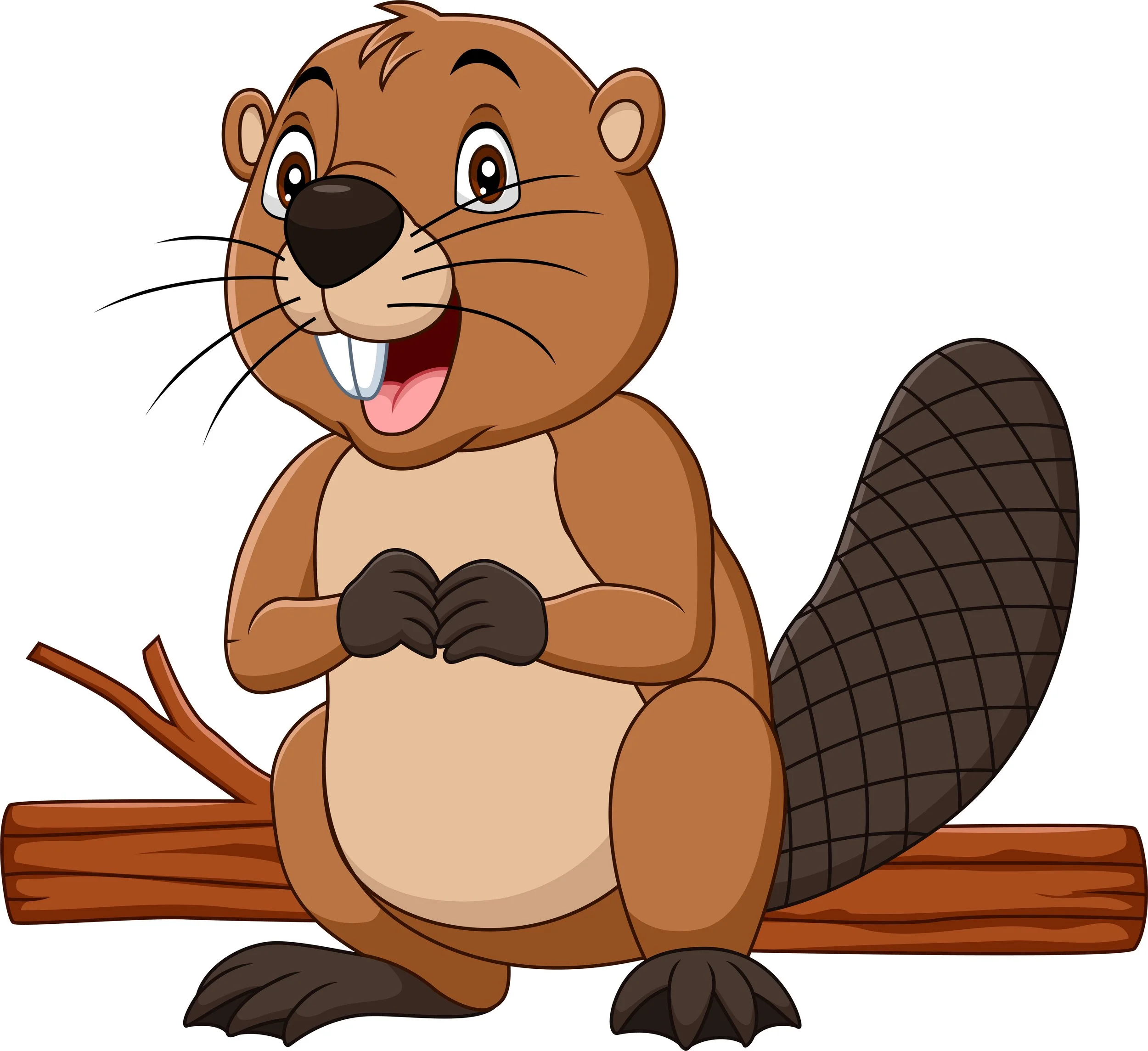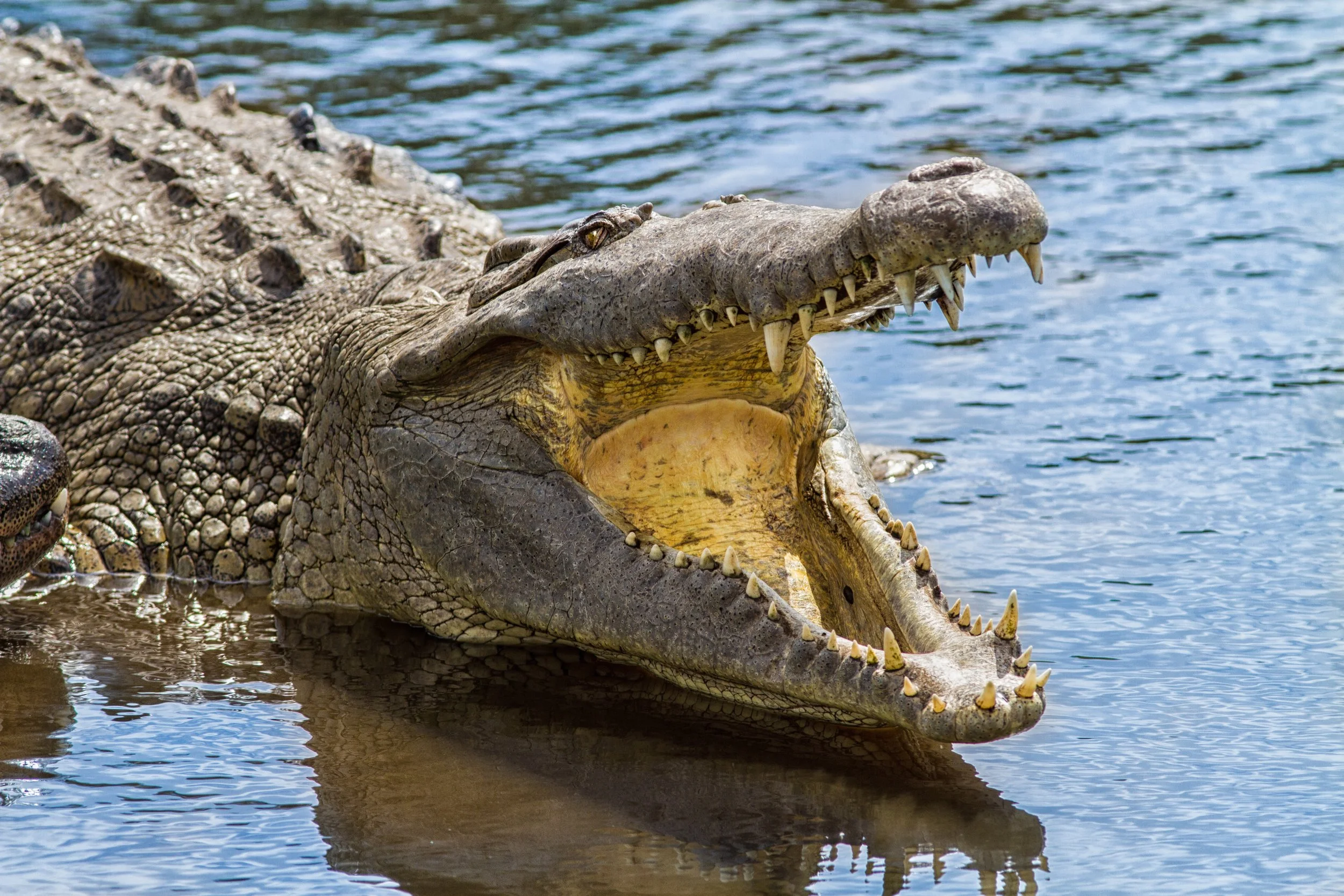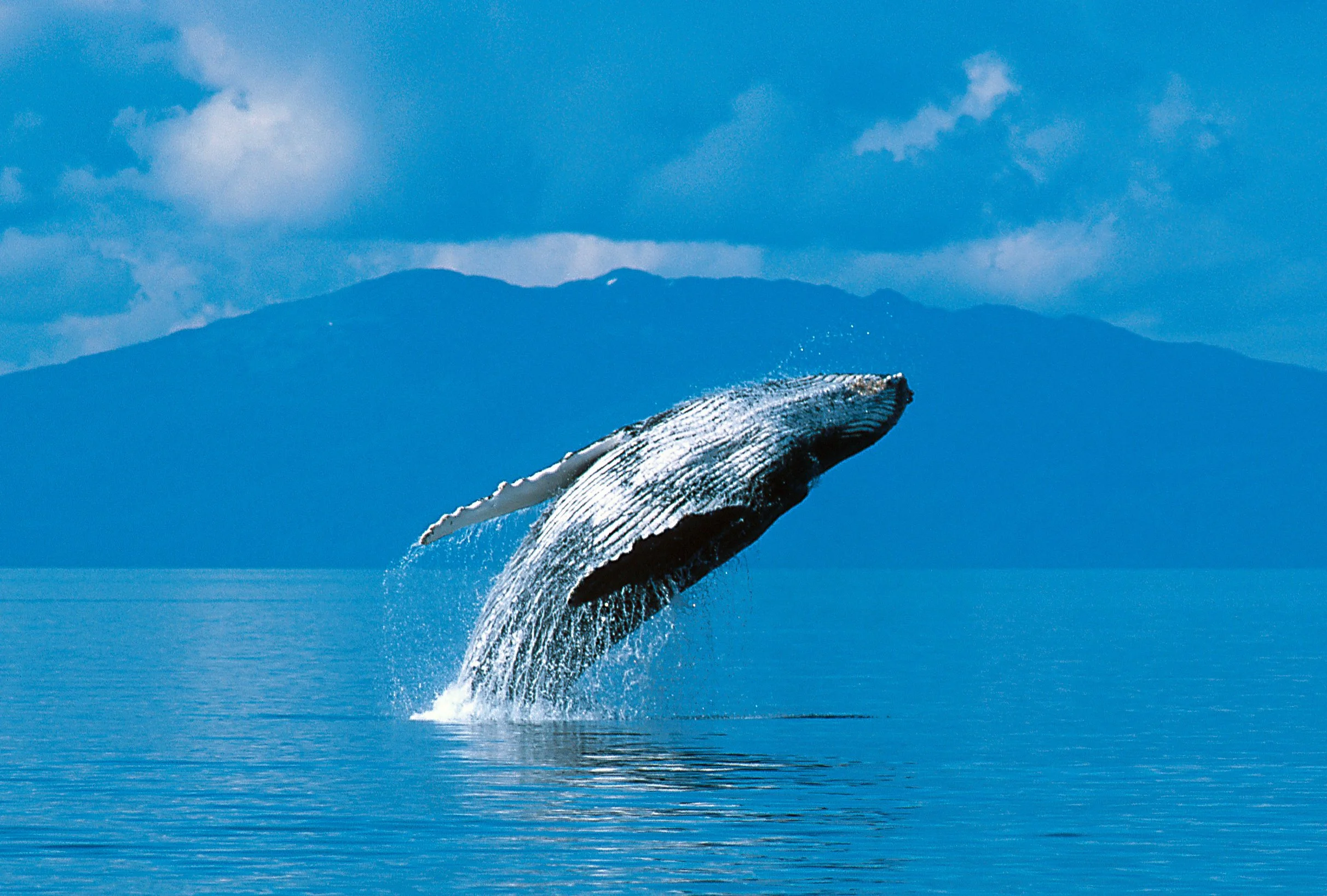Teeth are one of the most vital parts of the body, and different animals have evolved unique types of teeth to suit their specific dietary needs. From humans to horses, beavers, reptiles, fish, and whales, each animal has its distinct dental structure that reflects its ecological role and evolutionary adaptations.
Image courtesy of Adobe Stock.
Human teeth are designed to cut, tear, and grind food into smaller pieces to aid digestion. Humans have four different types of teeth: incisors, canines, premolars, and molars. Incisors are used to cut food, canines are used to tear food, premolars are used to crush and grind food, and molars are used to crush and grind food into small pieces.
Image courtesy of Adobe Stock.
Horse teeth continuously grow throughout their lifetime, necessary because they require tough, fibrous plant material to be ground up in their mouths. Horses have incisors, canines, and molars, but no premolars. Their incisors are used to bite off grass, and their molars are used to grind it down. Horse teeth are also different from human teeth in that they do not have enamel on the inside of the tooth, but only on the outside.
Image courtesy of Adobe Stock.
Beaver teeth are self-sharpening and can chew through wood and bark, which is essential for building dams and lodges. They have incisors, which are used for gnawing, and molars, which are used for grinding food. Beaver teeth are the most impressive of all the animal teeth because they never stop growing.
Image courtesy of Adobe Stock.
Reptile teeth are pointed and ideal for catching prey, with snakes having a unique double row of teeth for continuous replacement. Most reptiles have sharp, pointed teeth, which are ideal for catching prey. Reptile teeth are quite different from mammal teeth in that they are not replaced if lost.
Image courtesy of Adobe Stock.
Fish teeth come in a variety of shapes and sizes depending on their diet. Some fish have sharp, pointed teeth for catching prey, while others have flat teeth for grinding plant material. Some species of fish even have specialized teeth for scraping algae off rocks. Unlike human and other animal teeth, fish teeth are not attached to the jawbone but instead are embedded in the mouth.
Whales are fascinating creatures that have evolved unique teeth structures. Toothed whales have teeth that are used to catch and eat fish and squid. These teeth are sharp and conical, and they fit tightly together like a zipper. Baleen whales do not have teeth but instead have comb-like structures made of keratin that hang from their upper jaw. These structures are used to filter small fish and plankton from the water as they swim with their mouths open.
Understanding the differences in teeth structures can give us insights into the evolutionary adaptations of these animals and their ecological roles. Each animal's unique teeth structure reflects the food they eat and how they have adapted to their environment. From grinding wood to catching prey and filtering small fish and plankton, the diversity of teeth structures in animals is yet another example of the wonder and complexity of the natural world.
So how about your teeth? How long has it been since you’ve been to the dentist for check and cleaning? Are you brushing and flossing them every day?
If you are live in or around the Thessalon, ON area, why not give us a call? We are taking new patients. Visit https://thessalondental.com or call us at (705)508-2122.




